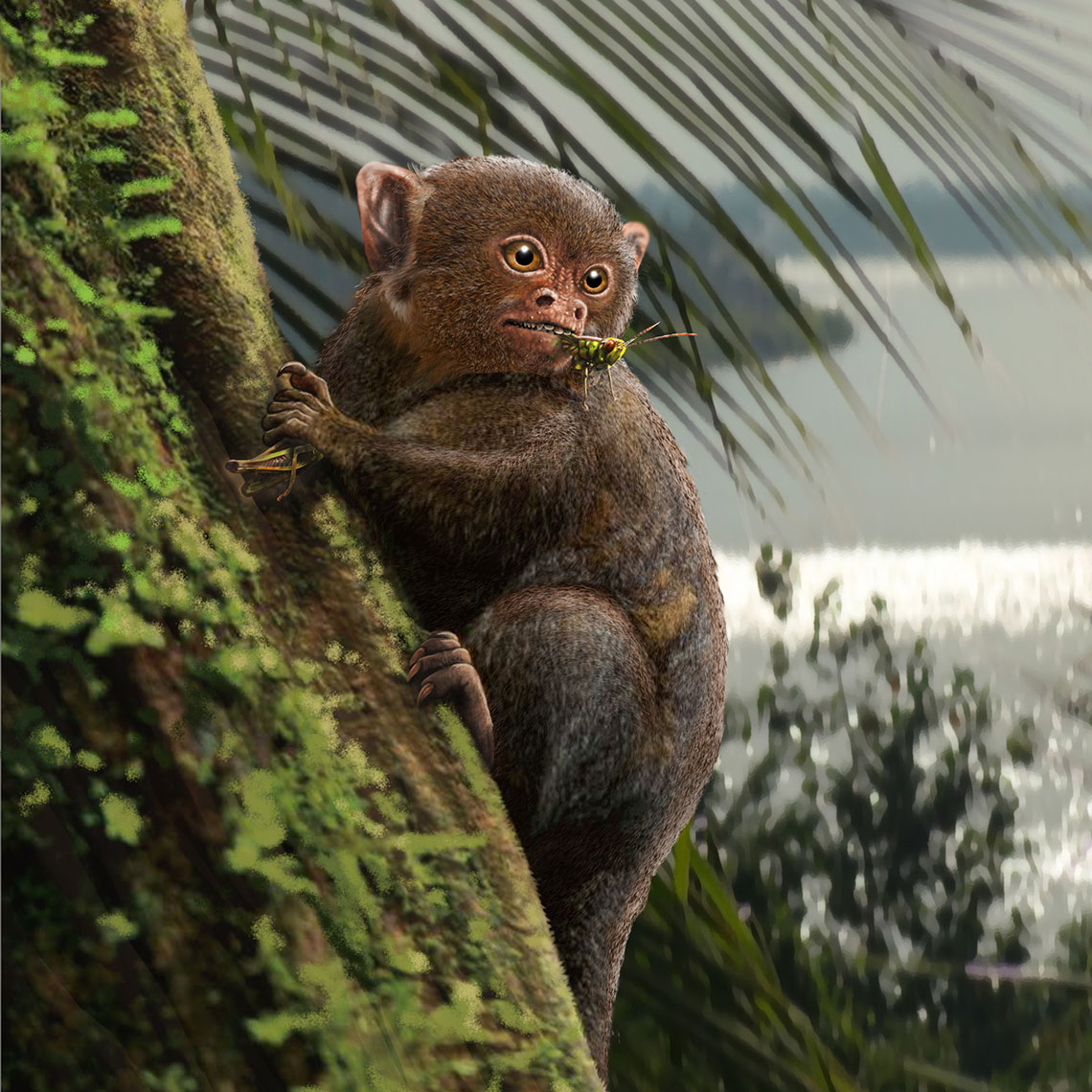
Jorge Gonzales e Diego BarlettaArtistic depiction of Ashaninkacebus simpsoniJorge Gonzales e Diego Barletta
A monkey named Ashaninkacebus simpsoni, which weighed about 230 grams, has sparked new discussions about the origin of Amazonian primates. Every monkey fossil previously found in South America has related to species that still live on the continent, and which originated in Africa. The newly discovered species, however, has similar dental features to a small extinct group of South Asian monkeys and has no modern descendants, meaning it is considered an evolutionary dead end. The conclusions were made by a French-Brazilian team, based on a tiny upper molar, smaller than a grain of rice, found on the banks of the upper Juruá River in Acre, near Peru. “The ancestors of Ashaninkacebus probably crossed the Atlantic Ocean on a natural raft of vegetation during the middle Eocene, between 40 million and 35 million years ago,” says Francisco Ricardo Negri, a biologist from the Federal University of Acre (UFAC). Because they were small, the monkeys needed very little food and may have survived the trip by eating parts of the vegetation that carried them. A. simpsoni was the third primate to arrive in the Amazon. Two other small monkey species had already made the same crossing, probably on similar rafts (PNAS, July 3).
Republish
